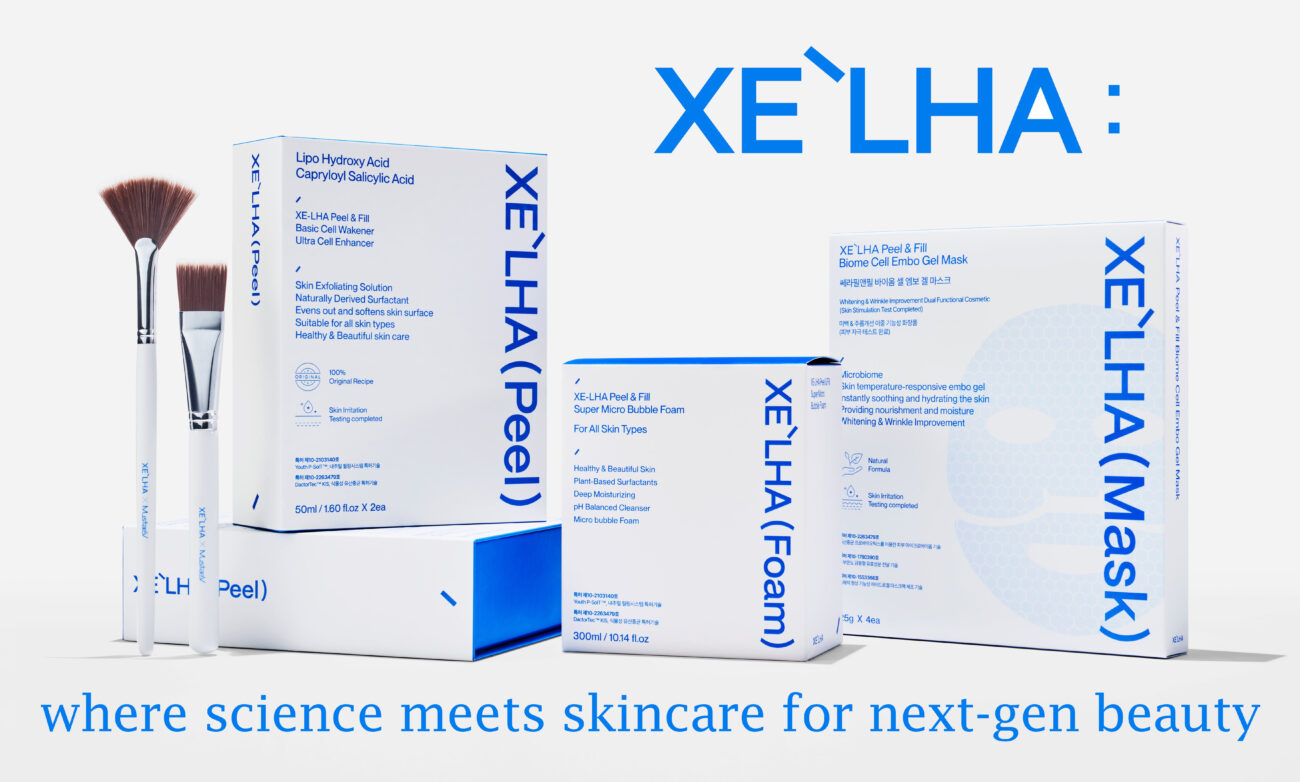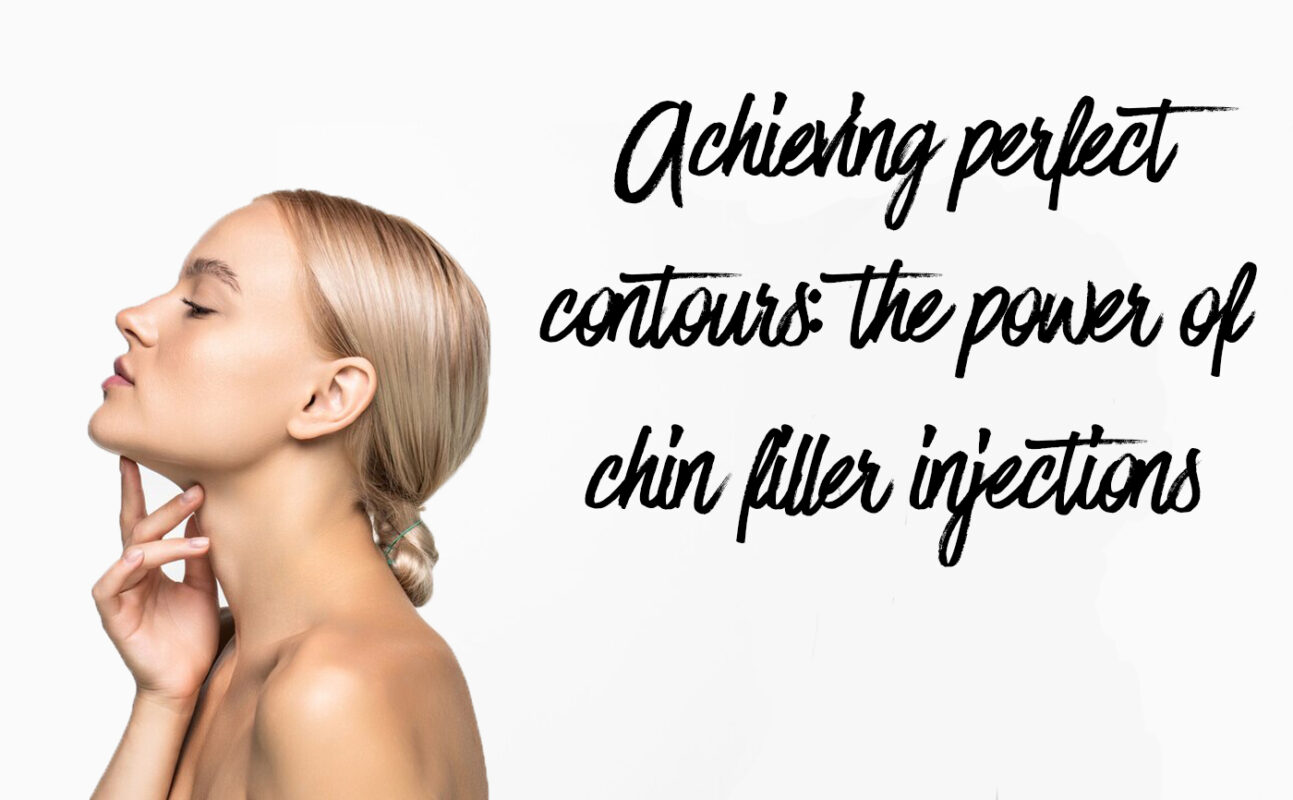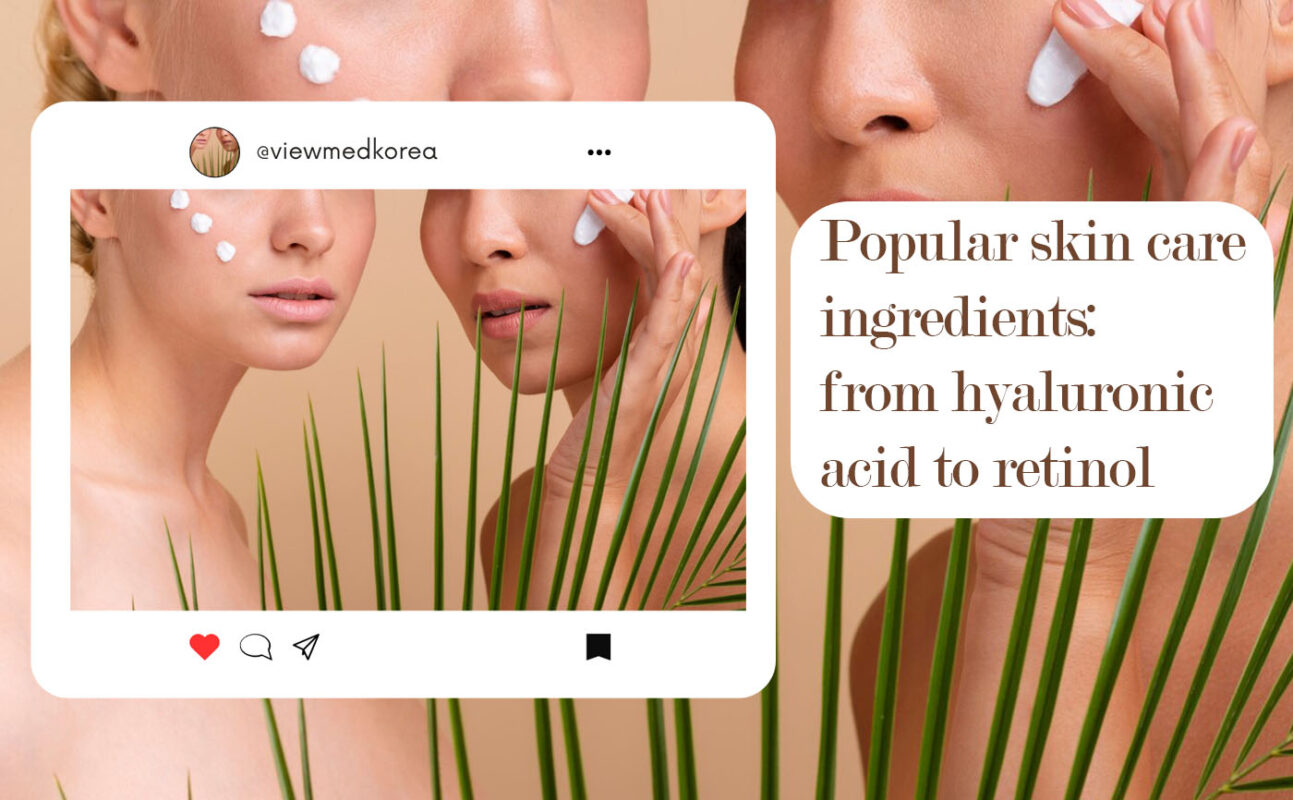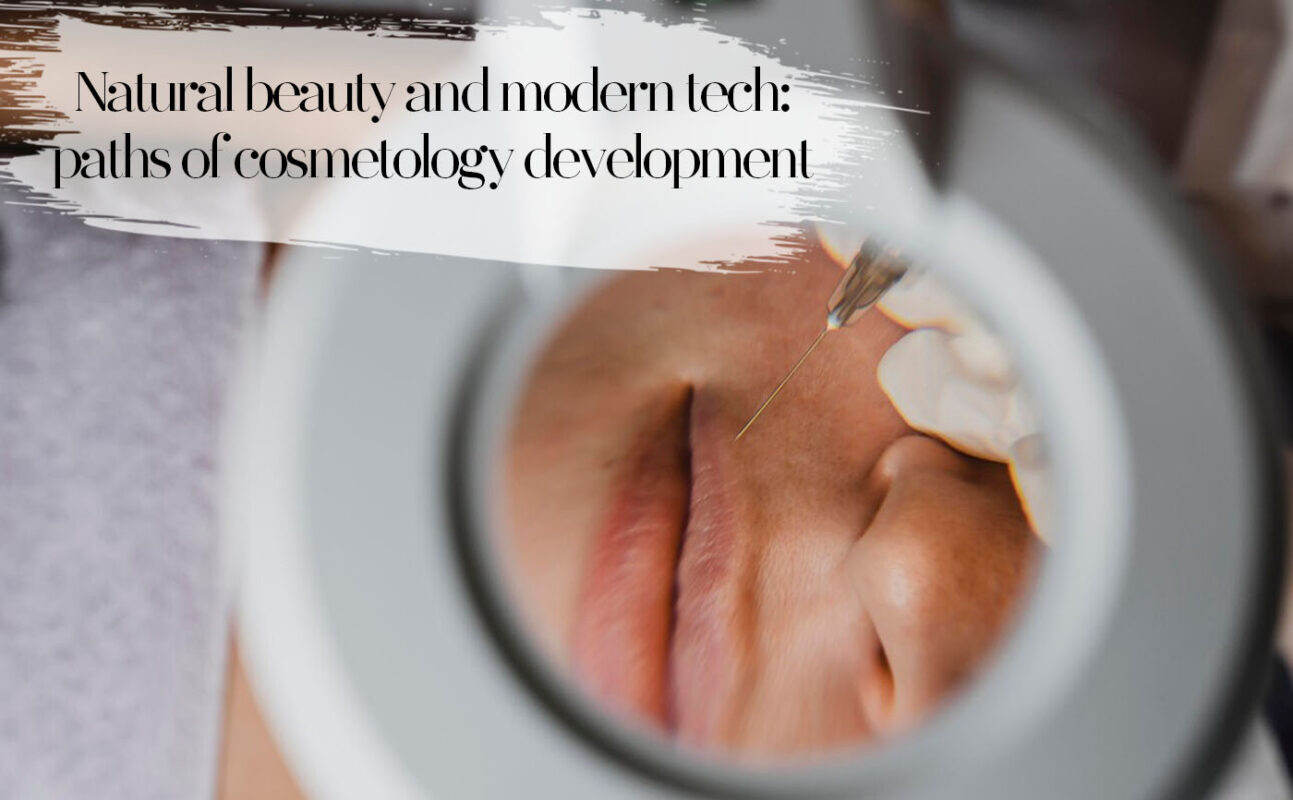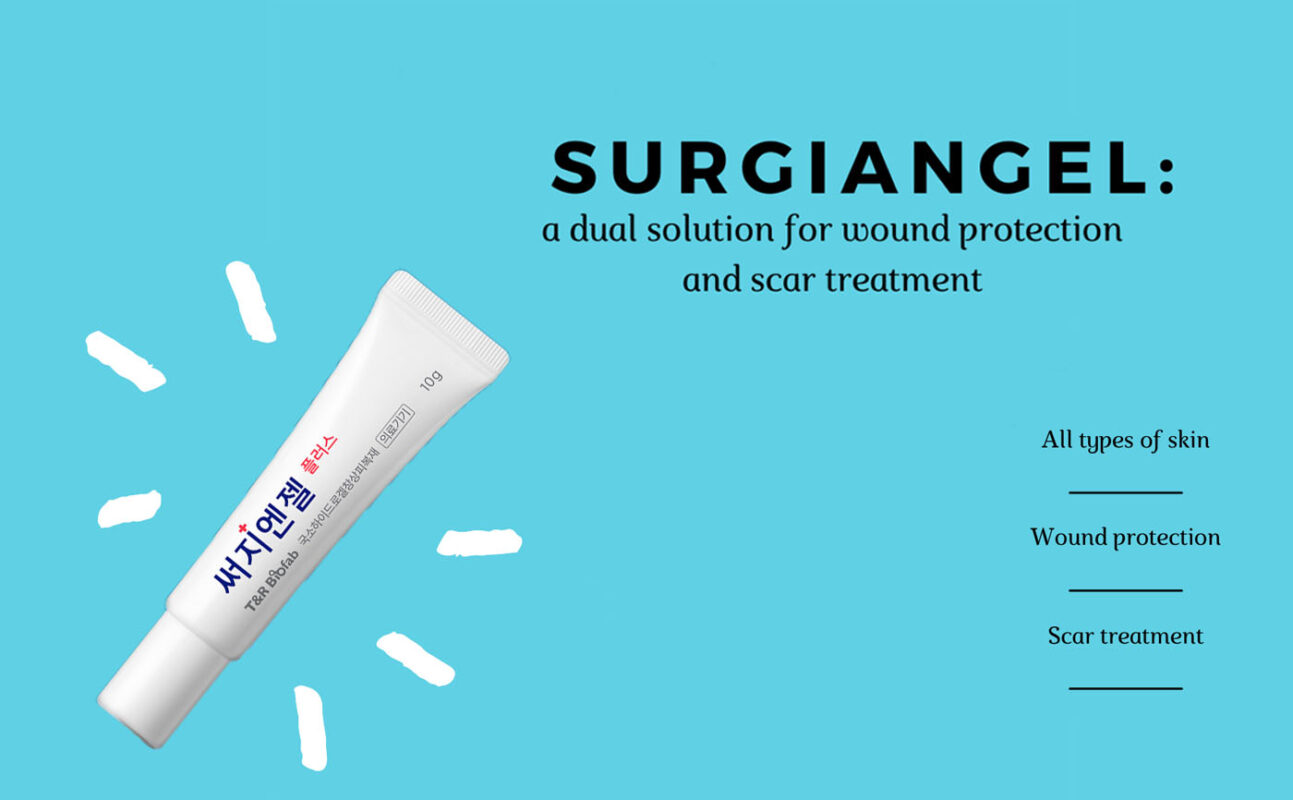Pain-free injections: the role of numbing creams in cosmetic procedures
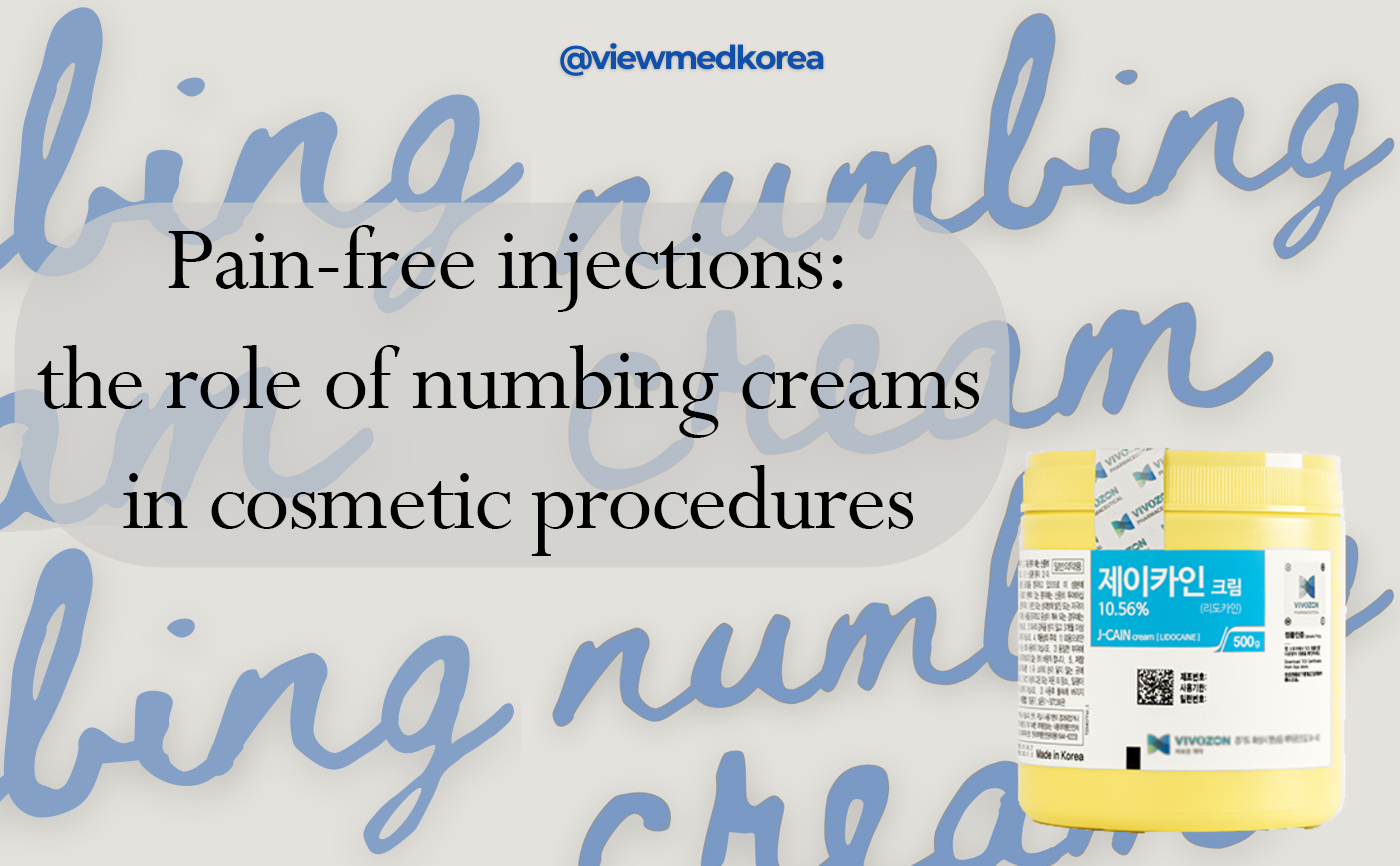
Pain and discomfort are integral companions of most cosmetic procedures, especially those that affect the sensitive area of the face. For many patients, comfort during treatment takes a secondary role after the effectiveness of the procedure, but it is pain that can significantly reduce the overall experience. The problem of pain is especially relevant in hardware cosmetology, where most methods involve tissue damage at various levels, from the epidermis to the subcutaneous layers.
Each intervention in the skin structure inevitably leads to the release of biochemical substances that activate pain receptors. Given that the skin of the face is rich in nerve endings, even a minimal impact on the tissue can cause painful sensations. This becomes an important aspect to consider when choosing methods and tools for procedures.

Modern cosmetology devices actively use various technologies to increase patient comfort, such as contact cooling of the skin, mechanical vibration or pulse breakdown. These methods can partially reduce pain, but they are not able to completely eliminate pain, especially with extensive damage or aggressive effects of the device. In such cases, the use of anesthesia remains an effective way to reduce pain. It continues to be the main method of providing comfort during hardware procedures, despite the presence of various technical improvements.
Additionally, in the cosmetology market, especially recently, there have been many products aimed at reducing pain, among which numbing creams deserve special attention. These products can significantly increase the patient's comfort during treatment, minimizing discomfort and allowing them to focus on the results of the procedure.
The use of numbing cream in cosmetology can be used with application method or surface anesthesia, which is one of the most common and simplest methods. Drugs such as lidocaine, benzocaine, and prilocaine are used to reduce pain during various hardware procedures. Depending on the concentration of the anesthetic, drugs may require different exposure times, as well as the mandatory use of an occlusive film to improve effectiveness.
In the case of drugs with a low concentration of anesthetics, for example, 5-10%, it is necessary to give them time for long-term exposure. However, in some countries, more effective drugs with concentrations of anesthetics up to 20-30% or higher are available, which greatly simplifies the process and reduces the preparation time. Such products provide faster and deeper pain relief, which is especially important for aggressive procedures that require greater comfort for the patient. The mechanism of action of local anesthetics is to interrupt the transmission of electrical impulses through nerve fibers by blocking sodium channels in the membrane of nerve cells.
The effectiveness of local anesthesia is explained by the specific composition of the drugs. They are optimized for penetration through the hydrolipidic barrier of the skin, which provides the necessary depth of impact. In addition, the presence of sufficient water in the creams helps to moisturize the skin and improves the absorption of the anesthetic, which makes it possible to numb the tissues to a depth of 1-3 mm and ensure patient comfort throughout the procedure.

The main advantage of surface anesthesia during hardware procedures is its ease of use. No complicated preparation is required to use numbing products, and the effect can be achieved quickly with minimal effort. This makes the method convenient and accessible to a wide range of patients, especially when performing non-aggressive procedures where a minimum level of anesthesia is required.

However, there is also a significant disadvantage of this method: the low effectiveness of anesthesia with deep exposure to the device. The nature of application anesthesia limits its effects to depth, since the concentration of the anesthetic decreases as it penetrates the skin, and its hydrolipid barrier significantly reduces permeability. This means that even with prolonged use of the cream, it cannot provide high-quality anesthesia at the subcutaneous tissue level.
This becomes especially a problem when performing more aggressive procedures, such as laser resurfacing or needle RF, where the depth of impact is more than 3 mm. In such cases, application anesthesia is ineffective, as it cannot create the necessary concentration of anesthetic in the tissues to prevent pain. Therefore, it is considered to be a simple, safe, but least powerful method of anesthesia, especially in cases requiring deeper anesthesia.



